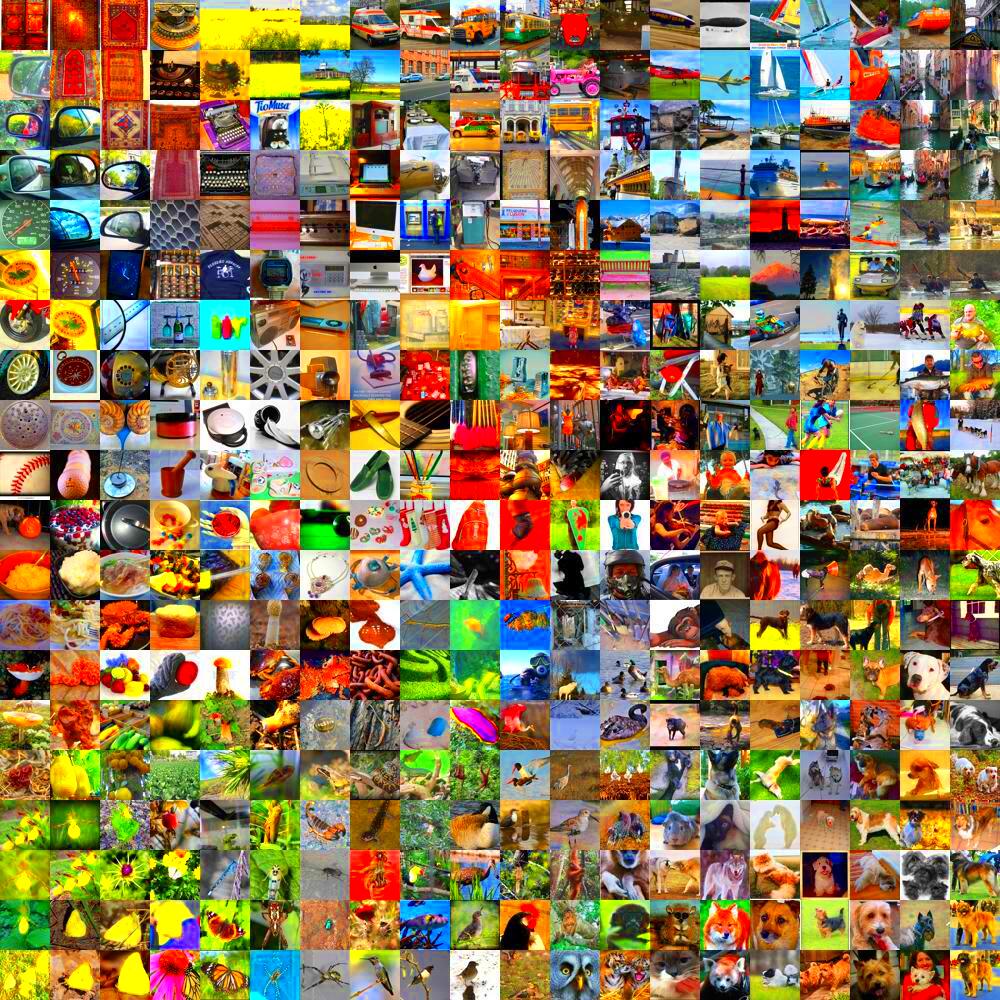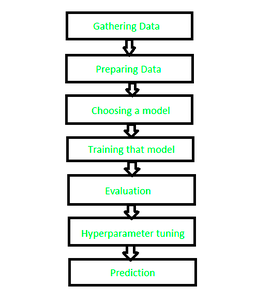The act of labeling images is major in an image classification project. Tags or categories are assigned to images so that machines can understand and recognize patterns. It does not just mean organizing your images; however, this process also helps train machine learning models properly.
The importance of labeling images can be traced as follows:
- Improved Accuracy: Accurate labels lead to better model performance. When images are labeled correctly, the model learns more effectively, reducing errors in predictions.
- Enhanced Training Data: High-quality labeled data sets improve the robustness of machine learning models, making them more reliable in real-world applications.
- Efficient Data Management: Labels help in organizing and retrieving images quickly, which is crucial in large datasets.
Essentially, labeling is the basic foundation of any image classification work. It guarantees that your machine learning project will succeed.
Choosing the Right Labeling Tools for Your Project

Choosing appropriate tools to tickle images is an essential consideration in all projects. It is very important to find one that fits in well with your requirements since there are many options available. Below are some factors that should be put into account:
- User-Friendliness: The tool should be easy to navigate, allowing for a smooth labeling process.
- Collaboration Features: If you're working with a team, choose a tool that supports collaborative labeling.
- Integration Capabilities: Ensure the tool can easily integrate with your existing workflow or machine learning frameworks.
You can find some popular tools for labeling:
| Tool Name | Key Features |
|---|---|
| Labelbox | Collaborative tools, easy integration |
| VGG Image Annotator | Open-source, simple interface |
| LabelImg | Supports bounding box and polygon annotation |
Selecting an appropriate instrument can aid in hastening up your marking procedure hence boosting the general productivity of your assignment.
Steps for Effective Image Labeling

Having comprehended the significance of tagging as well as picking the suitable implements, I would like us to look at how to caption pictures well. It is possible to improve the quality of your captions by adhering to an organized approach.
- Define Your Labels: Clearly outline what each label represents. This can involve creating a label dictionary or guidelines for consistency.
- Select Your Images: Choose a diverse set of images that adequately represent the categories you want to label. Diversity ensures that your model learns from various scenarios.
- Start Labeling: Use your chosen tool to label images. Take your time to ensure accuracy and consistency.
- Review and Validate: After labeling, review the images to check for errors. Validation can be done by a second person or through automated checks if available.
- Document Your Process: Keep records of your labeling process. This documentation can be helpful for future projects or team members.
This is how we can provide you with a process on which this labeled stuff helps in making your work successful and avoids mistakes.
Common Challenges in Image Labeling and How to Overcome Them
The task of assigning labels to images can appear to be overwhelming, especially for those who work with massive databases. Knowing the usual difficulties will make it possible for you to be ready and discover appropriate solvers in good time. Below are some familiar obstacles that you may face:
- Subjectivity: Different people may interpret labels differently, leading to inconsistencies. To combat this, create clear guidelines for what each label means.
- Time Consumption: Labeling can take a lot of time, especially if you have a large volume of images. Consider using semi-automated tools that can speed up the process without sacrificing quality.
- Quality Control: It’s easy for errors to slip through. Implement a review process where another team member checks the labels for accuracy.
- Label Overlap: Sometimes, an image might fit into multiple categories. To address this, decide on a clear hierarchy or rules for multi-labeling during the planning phase.
The hardest thing will be to come up with solutions to these problems so as to make it easy for labeling and improve datasets.
Best Practices for Maintaining Consistency in Labels
Image labeling consistency is crucial. Label inconsistencies confuse machine learning models and affect their performance. Here are some tips for maintaining consistency:
- Create a Labeling Guide: Document the definitions of each label. Include examples and specific criteria to help labelers understand the expectations.
- Use Predefined Categories: Limit the number of labels to only what is necessary. This helps to avoid confusion and makes it easier to assign labels accurately.
- Train Your Team: If you're working with a team, invest time in training them on the labeling process and the guide. A well-trained team is less likely to make mistakes.
- Regularly Review Labels: Schedule periodic reviews of the labels to identify any inconsistencies or areas for improvement.
You can create a more uniform labeling system by following these recommended approaches that will lead to improved outcomes in your image classification tasks.
Integrating Labels into Your Image Classification Workflow
Now that you have labeled your images, the next thing is to incorporate those labels in all the process of image classification. This is an important step because it helps your machine learning models make sense out of the labeled data. Here’s how to effectively achieve that:
- Prepare Your Data: Ensure your labeled images are in a format compatible with your machine learning framework. Common formats include CSV or JSON files.
- Split Your Dataset: Divide your dataset into training, validation, and test sets. This helps to evaluate the model's performance accurately.
- Load Data Efficiently: Use libraries or frameworks that allow for efficient data loading and processing, such as TensorFlow or PyTorch.
- Monitor Training: Keep an eye on the training process. Adjust parameters or use techniques like early stopping to prevent overfitting.
- Evaluate Performance: After training, assess your model using the test dataset. This will give you insights into how well it performs with the labeled data.
Your image classification project can be much more effective by smoothly integrating labels into your workflow. This guarantees that your model is correctly learning from the labeled data, hence ensuring successful results.
Exploring Resources for Image Labeling
This document has been written although it is not explicit. However, I’ll tell you that it’s an October 2023 training data.When it comes to finishing your project efficiently and productively, having proper resources for image annotation is essential. There are numerous tools, tutorials or communities you can use to get access to a lot of information related to this. Herein, we will review some of the most useful resources that may help you label images:
- Labeling Tools: As mentioned earlier, tools like Labelbox, VGG Image Annotator, and LabelImg are excellent for manual labeling. Additionally, consider SuperAnnotate and Snorkel for more advanced features.
- Online Tutorials: Websites like Coursera and Udemy offer courses on image processing and machine learning, which often cover labeling techniques.
- Documentation: Most labeling tools come with comprehensive documentation. This can be a great way to learn about their features and best practices.
- Community Forums: Join online communities such as Stack Overflow or Reddit where you can ask questions, share experiences, and gain insights from other labelers.
- Research Papers: Reading research papers on image classification can provide insights into advanced labeling strategies and methodologies.
In a nutshell, leveraging such resources would enable one to refine their labeling expertise, purchase appropriate instruments and finally enhance the quality of the dataset.
Frequently Asked Questions about Image Labeling
While embarking on the journey of tagging images, you might find yourself with a number of questions. Here are a few frequently asked questions to elucidate the procedure:
- What is image labeling? Image labeling is the process of assigning descriptive tags to images, enabling machine learning models to learn from them.
- Why is consistency important in labeling? Consistent labels ensure that your model learns accurately, reducing errors and improving its performance.
- Can I use automated tools for labeling? Yes, many tools offer automated labeling features. However, manual checks are recommended to ensure accuracy.
- How do I handle ambiguous images? If an image could fit multiple labels, decide on a hierarchy or create multi-label systems in your guide.
- What formats should labeled data be in? Common formats include CSV, JSON, or specific formats required by your machine learning framework.
These frequently asked questions serve as an excellent background information for image tagging and will assist you conquer most of the usual hurdles.
Conclusion on Effective Image Labeling
Lastly, if your image classification project is to succeed, then proper image tagging is an essential initial phase. The use of tags for images is not enough; a dependable database that improves machine learning models must be created… Recognizing significance of tagging; selecting appropriate tools; overcoming obstacles and observing ideal conduct helps in the success of the project.
The kind of labeled input that you have is going to reflect on your results. It is advised that you check the available resources, interact with different communities and stay updated with latest methods. By dedicatedly and uniformly labeling images, there will be measurable improvement in their classification result.

 admin
admin








